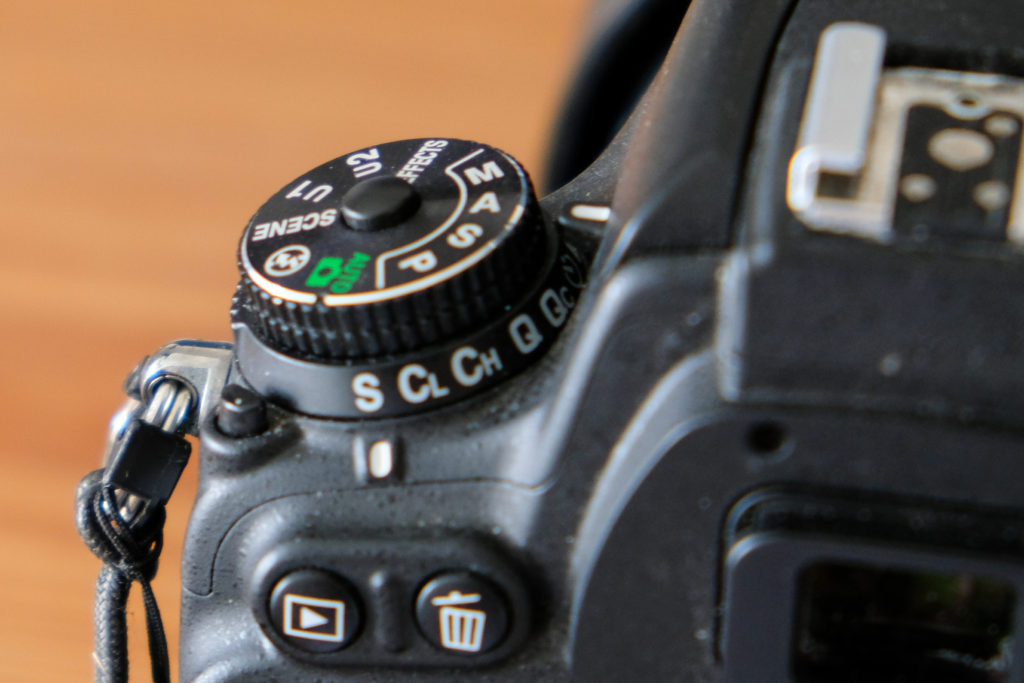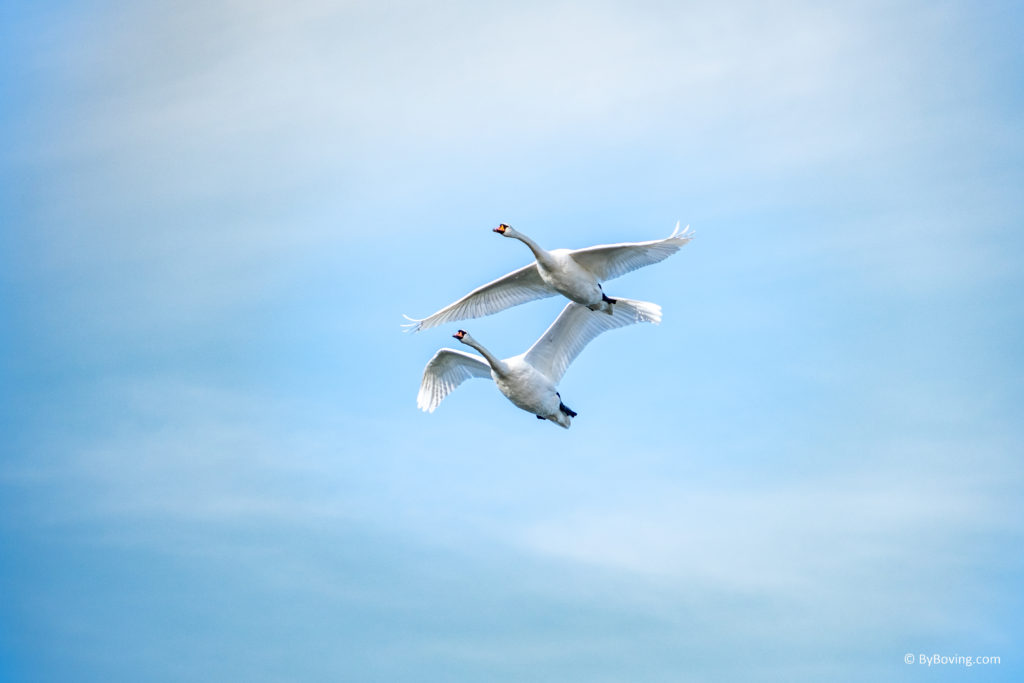PASM
PASM is abbreviations for program, aperture priority, shutter priority and manual exposure modes. You typically find these modes on a dial top left of your camera. If you are shooting Fuji, you will not have a PASM dial – the camera figures out the mode based on your selections.

The point with the PASM dial is to control how much control you have of how correct exposure is achieved. You may recall that the exposure triangle gives 3 variables to control the exposure: Aperture, Shutter speed and ISO. Lets get back to ISO a bit later, as ISO is not controlled by the PASM dial.
The PASM dial gives you varying degree of control for shutter speed and aperture:
(P)rogram mode: Camera controls aperture and shutter
(A)perture priority: You control aperture, camera controls shutter
(S)hutter priority: Camera controls aperture, you control shutter
(M)anual mode: You control aperture and shutter
So what is the point with different degrees of control? It all comes down to what it is your are shooting and what you want to achieve. Not a very helpful answer, but some examples might help:
Lets say you want so shoot something that moves very fast and you want to freeze the action. In that case you want to secure that the wings for the bird for example are not a big blur but is captured razor sharp. So here shutter priority is a good choice, as you set the shutter speed to say 1/1000th of a second and ask the camera to adjust the aperture to get a correct exposed image.
 In another situation you are shooting a landscape with very little moving parts. But you want to have as much of the landscape sharp as possible, so you set the aperture very narrow to maximize the depth of field. You leave it up to the camera to determine the shutter speed.
In another situation you are shooting a landscape with very little moving parts. But you want to have as much of the landscape sharp as possible, so you set the aperture very narrow to maximize the depth of field. You leave it up to the camera to determine the shutter speed.
The thing to realize is that your camera, no matter how clever it is, cannot tell what it is you are shooting. Only you know that. So if you go for the automated (P)rogram mode, you get some “middle of the road” camera settings that may not work for what it is you want to achieve. So by taking the camera out of the automated exposure mode (P) and move to the semi automated modes (A) and (S), you get more control. And the top of the pop is manual mode (M) where you can control both shutter speed and aperture at the same time. This can be used for example to deliberately under or over exposing your image to achieve a high key effect. It all comes down to what you want to achieve.
What is then the difference between Auto mode and Program mode? You probably have auto mode as a green option on the mode dial on your camera. In auto mode, the camera controls EVERYTHING – you are really going with an auto pilot here. In program mode, the camera only automates the exposure settings – you control many other options, for example if a flash is to be used or not. In auto mode, the built in flash (provided your camera has one) pops up as soon as the camera finds there is too little ambient light.
What about ISO then? ISO is typically controlled irrespective of the exposure mode. You can control ISO via the menu system and sometimes via buttons on the camera body. ISO comes in 2 option: Auto or a specific value. If you set the camera in Auto ISO mode, it is one more dimension the camera can use to get a usable image. But be aware that you pay a price for using high ISO values: grain. There is no free lunch in photography.
Related reading
What are exposure metering modes?
What is exposure compensation?
